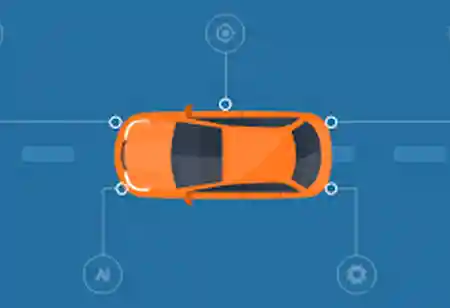Owing to connectivity capabilities such as Bluetooth and wifi, people can now watch movies, use Google Maps, listen to music via Bluetooth, and much more.
FREMONT, CA: The automotive industry has already embraced digital transformation in its design, production process, distribution, and sale. According to automotive experts, artificial intelligence will be the future of transportation. One American electric vehicle firm, for example, has included technology such as artificial intelligence, solar panels, and electric automobiles, to name a few.
A good example is the use of digital technology to improve online customer service. Dealerships, for instance, may use eCommerce to offer their items directly, and it would not matter if it is a car, auto part, or even an accessory. There are countless examples of digital transformation in the automotive sector, spanning from product innovation to operational adjustments to customer-facing changes.
So, with a few factors in mind, have a look at how digital transformation has been done in the automobile industry:
Connectivity
Owing to connectivity capabilities such as Bluetooth and wifi, people can now watch movies, use Google Maps, listen to music via Bluetooth, and much more. Customers have been wowed by these features, which have sparked their attention. Because of their enormous appeal, such features have now become standard equipment in all automobiles. One all-electric sedan is an incredible example of this. Its features include a browser, streaming services, and a car app that lets the user operate the cooling system, turn the car on and off, and others.
IoT Connectivity Tool
A point of connection between all internet of all things ecosystems is characterized as connectivity (IoT). Sensors, platforms, gateways, and other IoT devices are examples. In layman's terms, the IoT refers to the interconnection of internet-connected devices that can transmit and receive data without the need for human interaction.
IoT could aid in what is known as predictive maintenance. This system takes data from the car and uploads it to the cloud using IoT tools installed in vehicles. Some servers will examine the vehicle's data and decide whether any repairs, such as mechanical or software issues, are required ahead of time. This occurrence would undoubtedly help reduce the number of accidents, the amount of time lost due to breakdowns, and the overall vehicle efficiency.

 Copyright © 2025 AutoTech Outlook. All Rights Reserved | Privacy Policy | Subscribe | Sitemap | About us | Feedback Policy | Editorial Policy
Copyright © 2025 AutoTech Outlook. All Rights Reserved | Privacy Policy | Subscribe | Sitemap | About us | Feedback Policy | Editorial Policy